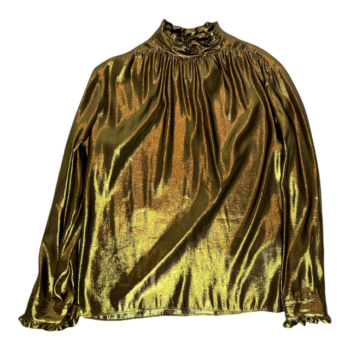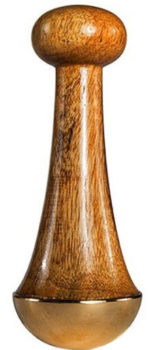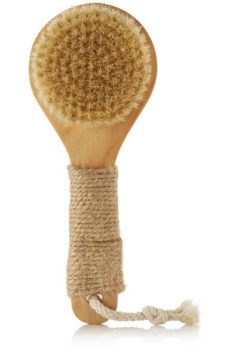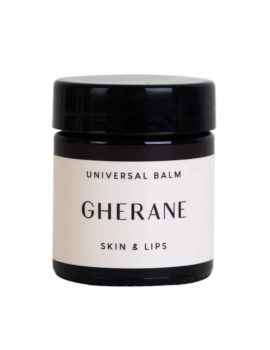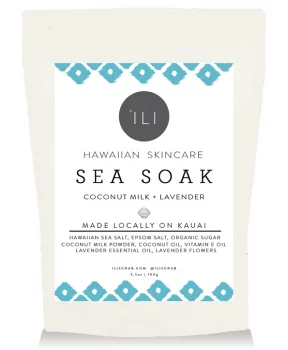The human body is home to about 50 different hormones, all controlled by the endocrine system — but for women, many typical hormonal issues like irregular periods, PMS, and even acne come down to just two: estrogen and progesterone. Estrogen is often thought of as a “female” hormone, and progesterone is its “male” counterpart — so it makes sense that they’re practically made to be brought into balance; the yin-yang of the endocrine system, two perfectly-fitting puzzle pieces.
Unfortunately, these reproductive hormones are rarely ever in balance; they fluctuate almost daily depending on the phase of your menstrual cycle, whether you’re pregnant or not, or if you’re going through (or have gone through) menopause. Here’s exactly what’s happening to your estrogen and progesterone levels at any given time in your life — and how to bring them back into balance.
During Your Menstrual Cycle
Around day one of the menstrual cycle, women experience a drop in progesterone levels and a rise in estrogen. About two weeks later (known as the luteal phase), progesterone rises and estrogen drops. This is totally natural, but if your endocrine system is compromised in any way — which happens often, thanks to diet and lifestyle factors — these shifts can trigger over-the-top reactions; from pimples to full-blown Polycystic Ovary Syndrome (commonly known as PCOS). Luckily, there are some easy, food-based methods for supporting hormone balance at different phases of your cycle. For one, add flax seeds to your daily diet, starting on the first day of your period and ending on day 15. These seeds are known for “scavenging” excess estrogen to keep symptoms of imbalance at bay. A week after your period ends, try sipping on spearmint tea — it’s known for its anti-androgenic properties, meaning it tamps down excess “male” hormones.
What you remove from your diet is just as important as what you add to it. Sugar and dairy have been known to mess with hormones and make symptoms of PMS (like cramping, acne, and fatigue) worse. It’s always a good idea to keep sugar and dairy products to a minimum, but especially in the week leading up to menstruation.
During Pregnancy
During the first few months of pregnancy, progesterone levels soar — and that’s a good thing. It’s the hormone that helps nourish the life growing in the uterus before the placenta forms; so really, you want high progesterone. In addition to consuming flax seeds regularly (the Omega-3 fatty acids they contain are key), you may want to ask your OB-GYN about adding a chasteberry supplement to your prenatal routine. This natural substance has been known to gently increase the body’s production of progesterone. Also, make sure to get a good amount of sleep! Sleep is the body’s time to replenish and regenerate, and as simple as it sounds, regular sleep has a hugely beneficial impact on the endocrine system.
During Menopause
Your natural production of both estrogen and progesterone slows as you enter menopause, which can cause a plethora of crazy reactions as your body attempts to keep up with all the changes. Enter: hot flashes, anxiety, depression, and all types of mood swings — basically, life becomes a sweaty, emotional rollercoaster. This happens because your body is in a state of stress; so, surprisingly enough, turning to meditation and other stress-reducing practices can help ease you into this new phase of your life with fewer symptoms. A scientific study performed by a Harvard professor actually found that women who participated in “organized relaxation” experienced 30 percent fewer hot flashes, and even noticed a drop in anxiety and depression.
Besides reducing stress, you may want to reduce your caffeine intake. The substance can trigger hot flashes — by swapping out your morning coffee for a cup of green tea, you could see some major changes.
Of course, the best things you can do for your endocrine system and, thus, your estrogen and progesterone levels, are super basic: maintain a healthy diet and exercise regularly. No matter where you are in life — from your first period to your first pregnancy to your first hot flash — if you prioritize healthy living, your hormones will thank you.
Photo Credit: @nagnata_









